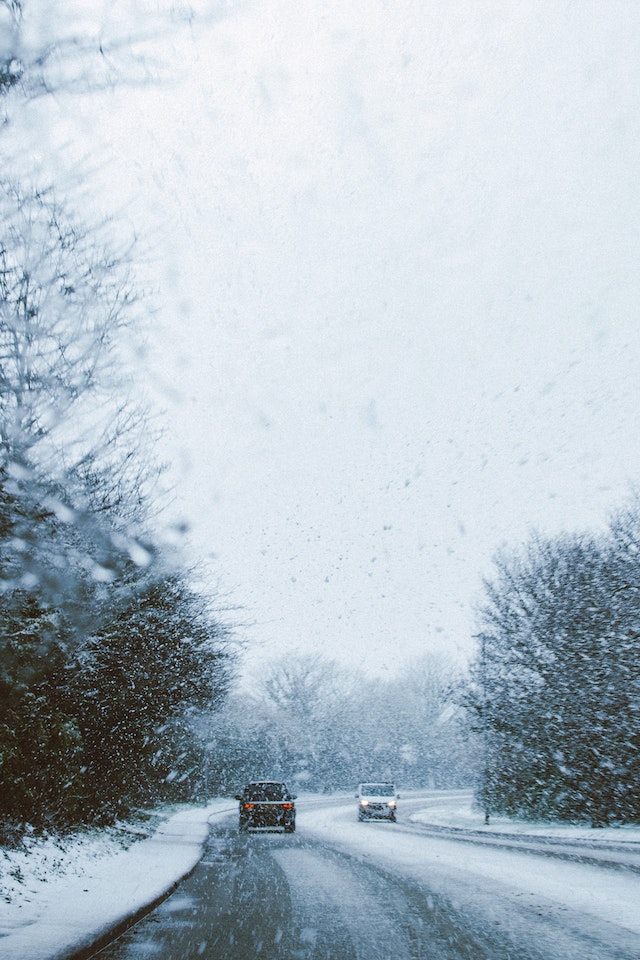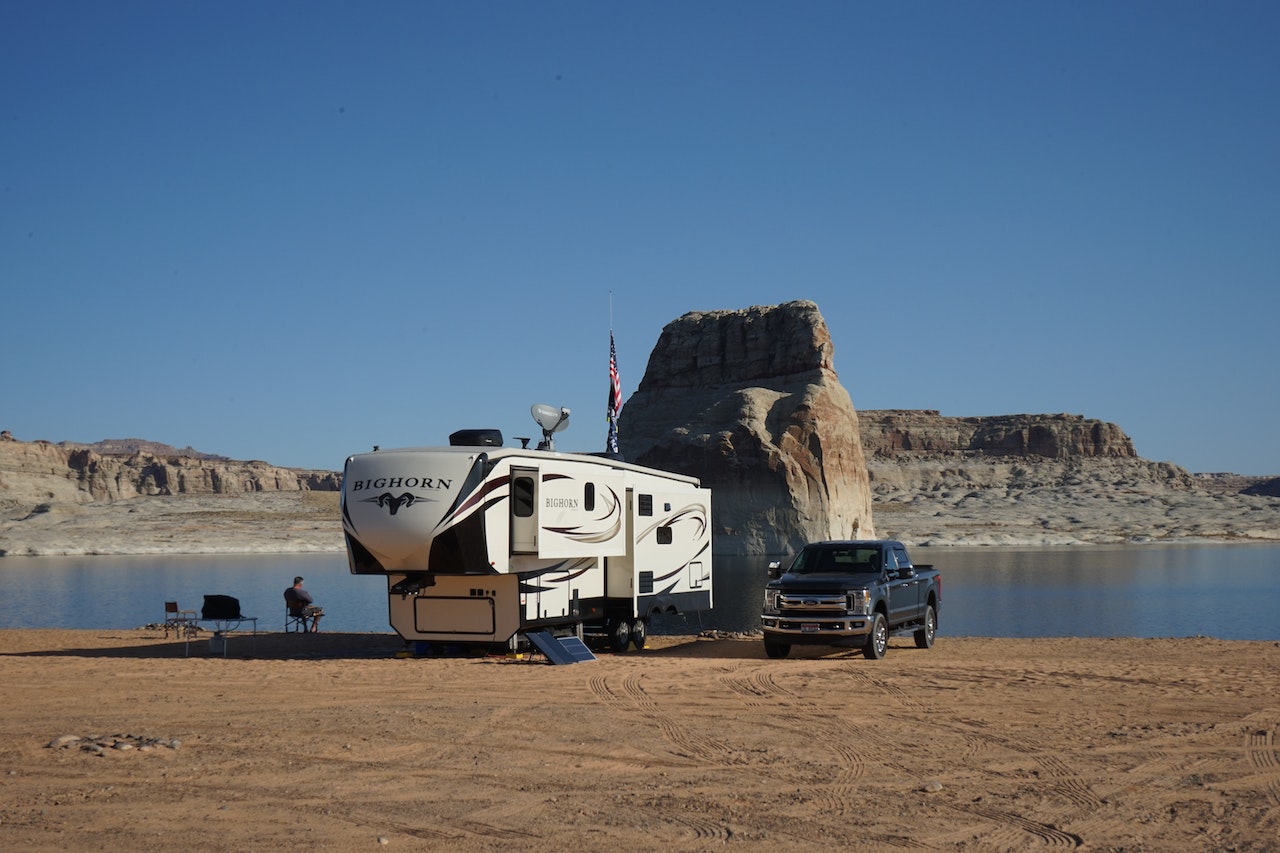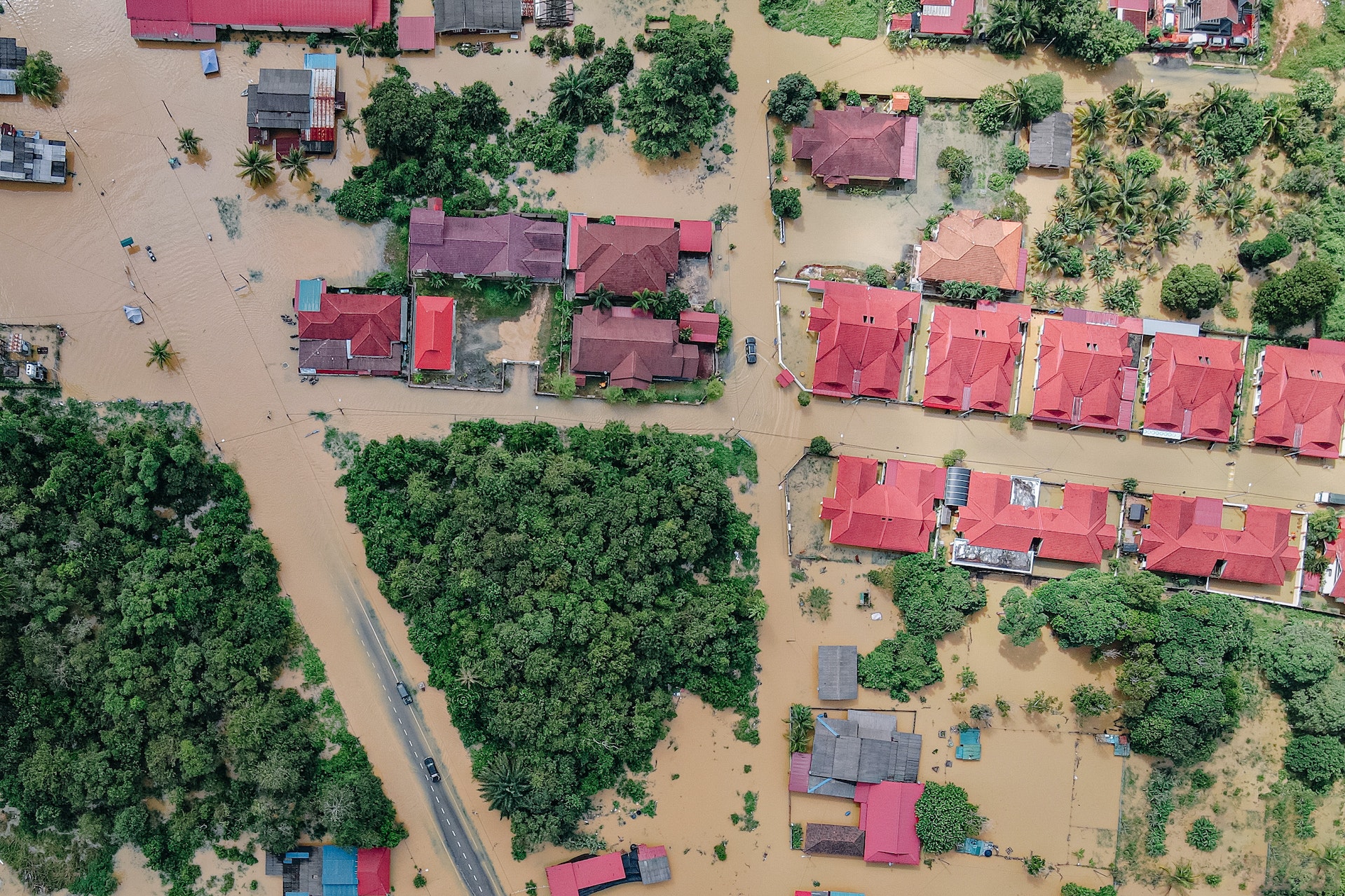Photo by: Vish Pix Source: Pexels
Introduction
Storms during the fall and winter can be not just inconvenient but also dangerous, causing disruptions in daily life, power outages, and sometimes even loss of life and property. To minimize these risks, preparation is key. In this guide, we will cover how to prepare for fall and winter storms, focusing on three possible scenarios for each season: heavy rainfall, high winds, and snow/ice storms. This article is not a complete guide but gives you a great starting point. Feel free to expand on these points and tailor them to your specific location and needs to make your own in-depth guide. Stay safe!
Fall Storms
Scenario 1: Heavy Rainfall
Preparation:
- Drainage Check: Make sure your home’s drainage systems are working properly to prevent flooding.
- Emergency Kit: Prepare an emergency kit with essentials like canned food, water, first-aid supplies, and flashlights.
- Keep an eye on weather alerts and be prepared to evacuate if required.
Survival:
- Avoid Flooding Areas: Don’t walk or drive through flooded areas.
- Stay Informed: Keep a battery-powered radio to stay updated on weather conditions.
- Safe Shelter: Stay in a safe space, away from windows and glass doors that could shatter.
Scenario 2: High Winds
Preparation:
- Secure Objects: Tie down or bring inside outdoor items that could become projectiles.
- Inspect Trees: Check nearby trees for dead branches that could fall on your home.
- Reinforce Windows: Use storm shutters or board up windows.
Survival:
- Stay Inside: Avoid going out during high winds.
- Lower Floor Safety: Stay on a lower floor and away from windows.
- Helmet: Wear a sturdy helmet if available, to protect against flying debris.
Scenario 3: Early Snowfall
Preparation:
- Snow Gear: Make sure you have snow shovels, salt, and other ice-removal items.
- Emergency Kit: Update your emergency kit to include winter clothing, blankets, and a battery-powered radio.
- Inspect Heating: Make sure your heating system is working efficiently.
Survival:
- Stay Inside: Avoid travel unless absolutely necessary.
- Warm Clothing: Layer up and keep all extremities covered.
- Avoid Overexertion: Don’t overexert yourself when shoveling snow, as this could lead to health risks.

Photo by: Lisa Fotios
Winter Storms
Scenario 1: Snow Storms
Preparation:
- Stock Up: Have enough food and water for at least three days.
- Check Supplies: Make sure you have enough medication, baby supplies, and pet food.
- Winterize Car: Prepare your car for winter conditions.
Survival:
- No Travel: Stay off the roads.
- Stay Warm: Use blankets, layers, and eat high-energy foods to maintain body heat.
- Check on Neighbors: Make sure to check on the elderly and those who might need help.
Scenario 2: Ice Storms
Preparation:
- Emergency Kit: Add extra blankets, ice scrapers, and a supply of food and water.
- Check Generators: If you have one, make sure your generator is in working condition.
- Tree Inspection: Inspect trees for branches that may break under the weight of ice.
Survival:
- Avoid Travel: Stay off icy roads.
- Keep Warm: Stay indoors and layer up.
- Mind the Carbon Monoxide: Use generators and grills outside, away from windows, to avoid carbon monoxide poisoning.
Scenario 3: Blizzard Conditions
Preparation:
- Extra Supplies: Stock up on food, water, and medicines for at least a week.
- Communication: Make sure to have a way to charge your phones.
- Secure Shelter: Make sure your home is well-insulated.
Survival:
- Stay Indoors: It’s crucial to avoid going outside.
- Stay Updated: Keep a battery-powered radio to listen for updates.
- Ration Supplies: Use supplies wisely as you may be indoors for an extended period.
Conclusion
Preparation is the cornerstone of safely weathering any storm. By understanding the types of storms that are likely in your area and what they entail, you can take the necessary steps to protect yourself, your family, and your property. While each storm is unique, being prepared will always improve your chances of weathering it successfully.



